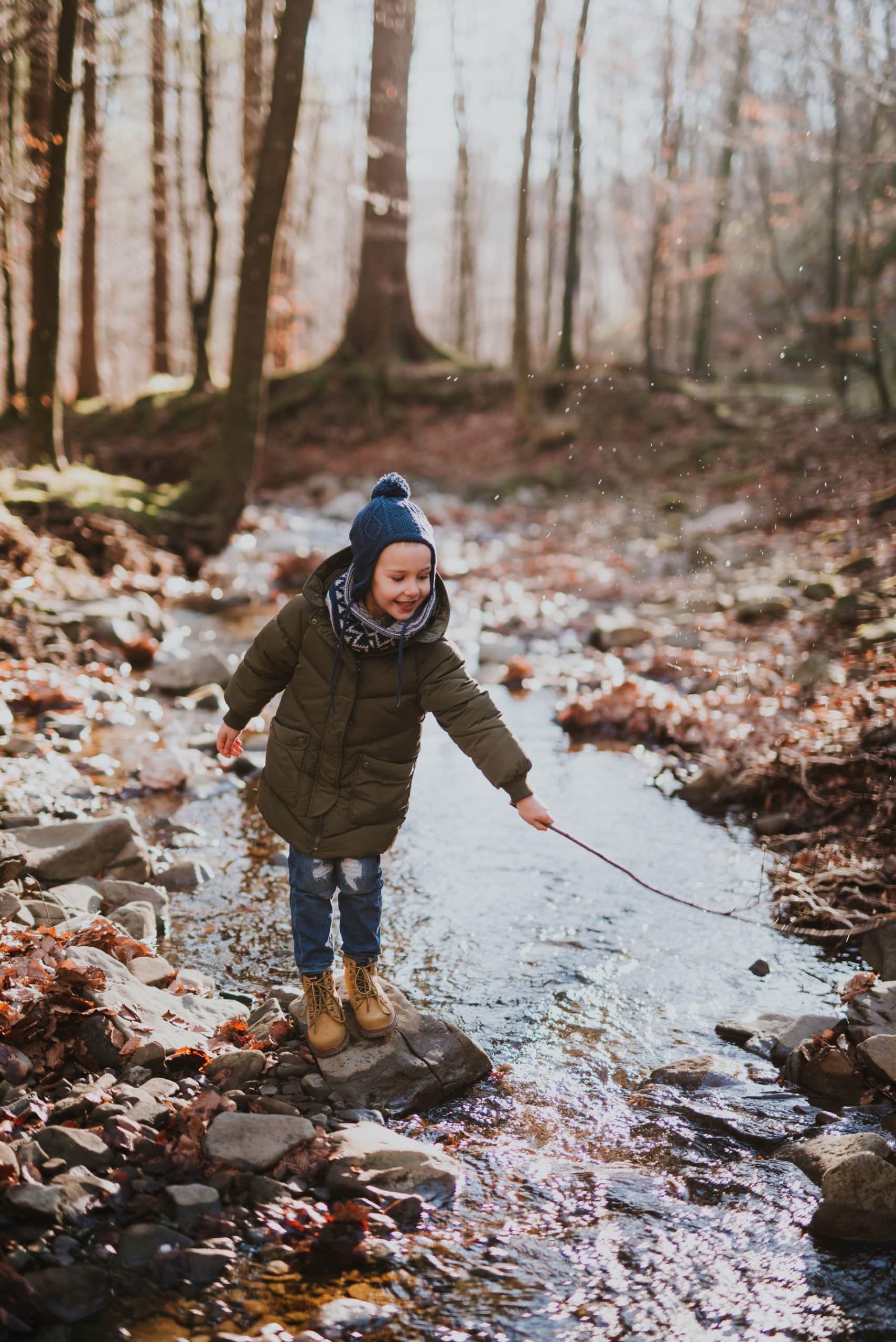How to Design a Wildlife-Friendly Urban Garden in the UK?

Imagine having a piece of wilderness in the heart of your urban dwelling. A place teeming with life where you could spot little birds tweeting, butterflies fluttering, bees buzzing, and a variety of plants swaying in the breeze. Sounds idyllic, doesn’t it?
For city dwellers, a garden is a haven of peace and tranquillity. It is a slice of paradise where they can escape from the hustle and bustle of city life. But it can also be a sanctuary for urban wildlife if designed thoughtfully.
A voir aussi : What Are the Latest Advancements in Air Quality Monitoring for Asthma Sufferers in the UK?
Design Plants and Trees to Attract Wildlife
If you want to attract wildlife to your garden, you need to think about what animals and insects you want to attract and what they need to survive. The key is to design your garden in a way that provides food, water, and shelter for these creatures.
Start by planting native trees and shrubs. These not only add structure and interest to your garden but also serve as natural habitats for birds, insects, and small mammals. Native species are more likely to attract local wildlife because they are accustomed to these plants.
Dans le meme genre : How Can Citizen-Led Urban Agriculture Projects Strengthen UK Community Bonds?
Next, consider the type of plants that will provide food for wildlife. Fruit and berry-bearing trees and shrubs are excellent choices as they offer a rich source of food for birds and small mammals. Plants with nectar, pollen, seeds, or nuts can attract a variety of insects and birds.
Incorporate a Water Feature in the Garden Design
Water is a crucial element in any wildlife-friendly garden. It not only enhances the aesthetic appeal of your garden but also provides a necessary resource for wildlife. Birds need it for drinking and bathing, insects like butterflies and bees need it for drinking, and amphibians like frogs and newts need it to breed.
A pond is a great addition to any garden. It can attract a host of water-loving creatures such as frogs, newts, and dragonflies. If space is a constraint, even a small water dish or birdbath can make a difference.
Ensure that the water feature is safe for wildlife. It should have shallow edges for small creatures to drink from and deeper parts for those that need to submerge. If you have a pond, place stones or logs in it to allow creatures to climb in and out.
Use Gardening Practices that Promote Wildlife
Not all gardening practices are beneficial for wildlife. Some can even be detrimental. But with a few simple changes, you can make your garden a wildlife haven.
Firstly, avoid using chemical pesticides and fertilisers. These can harm wildlife and disrupt natural ecosystems. Instead, opt for organic methods of pest control and fertilisation.
When mowing your lawn, leave some areas long. Long grass provides a great habitat for insects, small mammals, and birds.
Finally, provide shelter for animals and insects. This could be in the form of a bird box, a log pile for insects, or a hedge for birds and mammals.
Best Places to Source Wildlife-Friendly Plants
Now that you know what to plant and how to garden, the next step is to source these plants. The best places to find wildlife-friendly plants are local nurseries or online plant retailers. Websites like Houzz also offer a comprehensive range of native and wildlife-friendly plants to choose from.
Remember to choose plants that are suitable for your specific garden conditions. This includes factors such as soil type, sunlight exposure, and local climate.
The Role of Maintenance in a Wildlife-Friendly Garden
Maintaining a wildlife-friendly garden doesn’t have to be a chore. In fact, a certain level of ‘wildness’ is beneficial for wildlife. Overly manicured and tidy gardens may not provide the variety of habitats that different creatures need.
That said, some maintenance is necessary. This might include pruning trees and shrubs to keep them healthy, clearing out the pond to keep the water clean, and refreshing the water in bird baths.
In essence, creating a wildlife-friendly garden is about balance. It’s about creating a space that meets your needs and aesthetics while also providing a haven for wildlife. With careful planning and thoughtful design, you can transform your urban garden into a thriving ecosystem.
Selecting the Right Garden Elements for Wildlife
Choosing the right elements for your garden will significantly impact the diversity of wildlife you attract. Integrating a wildflower meadow in your garden design, for example, can create an explosion of colour and fragrance that attracts a wide range of wildlife, including bees, butterflies, and insects. These meadows are a natural habitat for many species and can be a real boon for garden wildlife.
In addition, consider adding fruit trees to your garden. These are a fantastic source of food for wildlife and can provide shelter for many species. The fruit is especially attractive to birds, while the blossoms will provide nectar for bees.
A wildlife pond is another excellent addition to your garden. Pond plants can provide habitats for amphibians like newts and frogs, and can also attract insects such as dragonflies and damselflies. Remember to include a mix of submerged, floating, and waterside plants to cater to different species.
Lastly, a bog garden can be a fun and unique addition to your wildlife-friendly garden. Bog gardens are damp environments that can host a variety of plants not usually seen in drier areas. They can attract various wildlife from frogs to dragonflies to birds.
Creating Year-Round Interest in Your Garden
A wildlife-friendly garden should not just be active during the spring and summer months. It should offer interest and resources for wildlife year round.
In the winter, evergreen plants can provide shelter and food for birds and insects. Berries from holly, ivy, and cotoneaster are a valuable food source during colder months.
Installing bird feeders and bird baths can also help support wildlife throughout the year. These installations provide essential resources when natural food and water sources may be scarce.
Remember to frequently refresh the water in bird baths, particularly during freezing winters and hot summers. In addition, provide a variety of food types in your bird feeders to cater to different bird species.
Conclusion
Designing a wildlife-friendly urban garden can be a rewarding experience. Not only does it provide a peaceful sanctuary for you, but it also offers a much-needed habitat for local wildlife. From incorporating native plants and fruit trees to creating a wildflower meadow or a wildlife pond, each element of your garden will contribute towards supporting a diverse range of wildlife.
Maintenance plays a vital role in keeping your garden wildlife-friendly. However, remember that a certain level of ‘wildness’ is beneficial. Overly tidy gardens may not provide the variety of habitats that wildlife needs.
Remember, your garden is not simply a kitchen dining room, but a home for a myriad of creatures. By committing to wildlife gardening and implementing these garden ideas, your garden will become a thriving ecosystem that benefits both you and the local wildlife.
Image credit: All images used are from free sources and are intended for illustrative purposes only.
